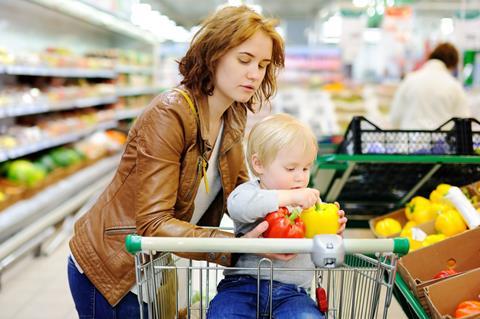
In a matter of months, social distancing, panic buying, major staff shortages and stretched supply chains have all put fmcg manufacturers and retailers under pressure. It’s led to the biggest retail reset in decades. We are entering the ‘next normal’ – which will see almost everything about the industry needing to change and adapt.
But, for all the changes and challenges facing brands and retailers, the industry must remember that at the heart of this crisis is a consumer in real need.
With record high unemployment, no clear recovery timeline and shoppers concerned about their health and safety, retailers must consider the human aspect of the impact on the retail sector. Instead of just addressing business challenges, decision-making must now shift to reflect what is most important to the consumer.
As we begin to emerge from lockdown and start returning to work, the lens through which we view our lives will be very different. Entering what is forecast to be a deep recession, value will be more important than ever.
We know that shoppers are reassessing where to shop and what to buy as they deal with this continued uncertainty. We have already seen that throughout the lockdown period, consumers have made significant changes to their shopping behaviour, moving from shopping across multiple retailers to picking up all their goods in a single trip to one store, for example. As restrictions are loosened, how we adapt will differ across households. Our responses will be individual. Because of that, arguably what we thought we knew about shoppers is brought into question. It’s vital for retailers to connect with the changing needs of their shoppers.
How are food shopping habits changing during lockdown?
Decision-making criteria will be altered in this next normal. The most important question will be “how can I be sure to maintain availability and still provide goods to my customers?”. This means changes to pack sizes and brand differentiators will be overtaken by the need for greater focus on agile supply chains. As a result, supply chain resilience will likely influence supplier and brand decisions in the future.
Similarly, product innovation has fallen during the pandemic while the industry shifts to prioritising getting products on to shelves. But again, looking to consumer needs presents an area of growth. As we see shoppers looking for alternatives to restaurant trips or celebration meals, this could lead to a growth in areas such as ‘fakeaways’ – currently at an all-time high on Google searches. Restaurant-quality co-branded goods that shoppers can bring home for a night off from cooking, while still addressing value, solves that consumer need.
As well as changes to behaviour, we are also seeing a real shift in attitudes. The public are now more aware of the importance of protecting essential workers. People working in the grocery industry have been some of the heroes of this time and communities have expressed their gratitude either across social media or in person. Keeping those employees safe so they can focus on feeding the nation continues to be a priority for retailers.
Shoppers look to the brands who stand out for their authenticity and the support they show to their customers, staff and supply chain throughout this time. There have been some standout actions by certain retailers who have made thoughtful choices at every stage – from increasing staff wages, to prompt payment of small suppliers, and even introducing emergency grocery boxes for those unable to access online deliveries. And the public have noticed.
During this time of uncertainty, consumers will look out for brands and retailers that are there for them when they need it. From now on, we must base decisions on what is most important to consumers. Those who do will likely be the names that consumers remember and reward.







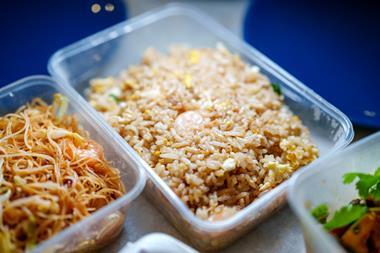






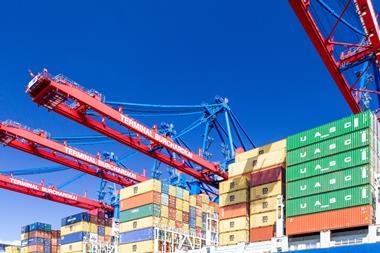

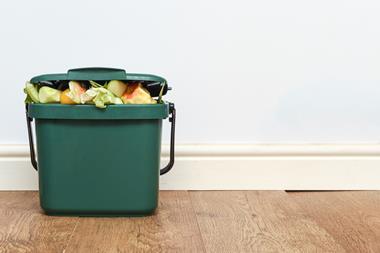

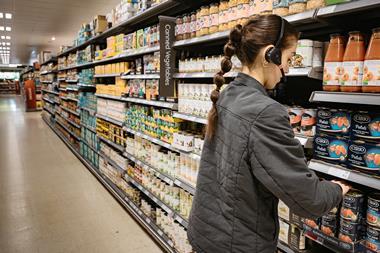
No comments yet